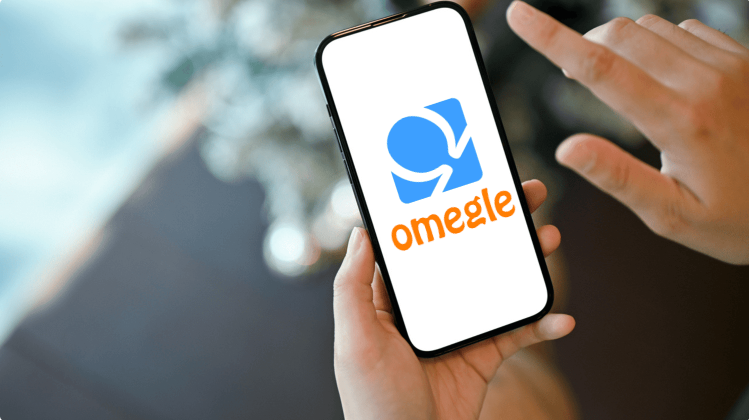Introduction
In an increasingly digital world, meeting new people online has become a common way to expand our social circles beyond geographical constraints. Among the many platforms that facilitate such connections, Omegle stands out as one of the pioneers of random video chatting services. Launched in 2009, this platform connects users with strangers from around the globe for text or video conversations without requiring registration.
The premise is simple yet intriguing: you open the website, choose your preferred mode of communication, and are instantly matched with someone random. This element of surprise and the potential to connect with people from diverse backgrounds has maintained Omegle's popularity over the years, especially among younger users seeking novel social experiences.
However, the anonymous nature of the platform comes with its own set of challenges and considerations. While Omegle offers an exciting opportunity to broaden your horizons and practice conversational skills with people you wouldn't normally meet, using it safely requires awareness and preparation.
This guide aims to walk you through how to use Omegle effectively while prioritizing your safety and privacy online. Whether you're new to the platform or a returning user looking for best practices, the following sections will provide you with practical insights to enhance your experience.
How to Use Omegle
Getting Started
- Accessing the platform: To begin your Omegle experience, visit Omegle through your preferred web browser. The site works on both desktop and mobile devices without requiring an app download.
- Choosing chat mode: Upon landing on the homepage, you'll be presented with two main options:
- Text chat - For typed conversations only
- Video chat - For face-to-face interactions using your webcam
Navigating the Interface
- Starting a conversation: After selecting your preferred chat mode, click "Start" to be paired with a random user. If you're using video chat, you'll need to allow camera and microphone permissions when prompted.
- Chat controls:
- "Stop" button - Ends the current conversation
- "New" button - Disconnects from the current user and finds a new match
- Text box - Where you type messages in text chat mode
- "Spy (question)" - Ask a question for two strangers to discuss while you observe
- "Spy (discuss)" - Answer questions posed by a third user with another random person
Making the Most of Your Experience
- Be patient with connections: The platform sometimes takes a few attempts to find a suitable match, especially during off-peak hours.
- Have conversation starters ready: Questions about hobbies, favorite books/movies, or current events can help break the ice.
- Respect language barriers: You may connect with people who don't speak your language fluently. Translation tools can help bridge this gap.
- Adjust your expectations: Many users may disconnect quickly. Don't take it personally, and be prepared to start new conversations frequently.
Safety Considerations
Protecting Your Privacy
- Never share personal information, including:
- Full name
- Address
- Phone number
- School or workplace details
- Financial information
- Social media handles (unless you're comfortable with strangers following you)
Handling Uncomfortable Situations
- Disconnect immediately if:
- Someone makes you feel uncomfortable
- The conversation becomes inappropriate
- You're asked to move to another platform too quickly
- Someone pressures you for personal information
- Monitoring usage
- Setting clear boundaries
- Having open conversations about online safety
- Using additional parental control software
Mental Health Considerations
- Set time limits: Marathon sessions on Omegle can become mentally draining. Schedule breaks and limit your total time on the platform.
- Prepare for varied content: You may encounter content that is disturbing or offensive. Know your boundaries and be ready to disconnect.
- Balance with offline interactions: Remember that online connections should complement, not replace, real-world relationships.
Conclusion
Omegle offers a unique window into conversations with people from all walks of life, potentially broadening perspectives and creating meaningful connections. When used thoughtfully and with appropriate safeguards, it can be an enriching platform for cultural exchange and social exploration.
The key to a positive experience lies in balancing openness to new connections with prudent privacy practices. By following the guidelines outlined in this article, you can navigate Omegle more confidently and securely.
Remember that the internet often reflects the full spectrum of human behavior—both the inspiring and the concerning. Approaching Omegle with clear boundaries, safety awareness, and reasonable expectations will help you focus on the positive potential of random connections while minimizing potential risks.
Whether you're seeking language practice, cultural exchange, or simply curious conversations, Omegle can be an interesting addition to your online social experiences when used wisely.

